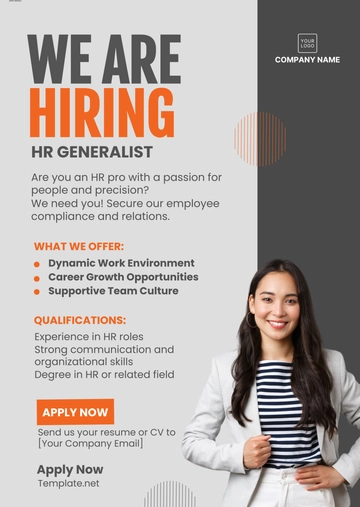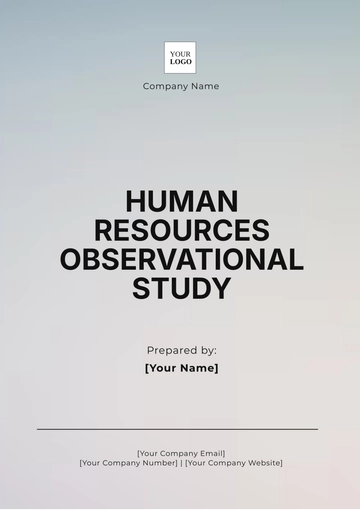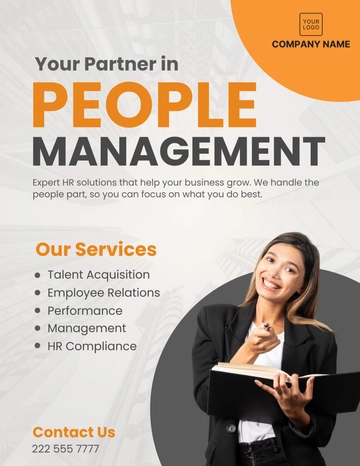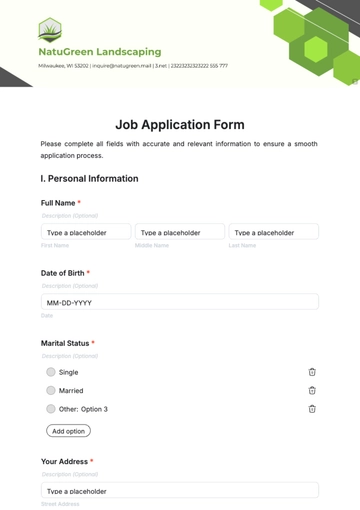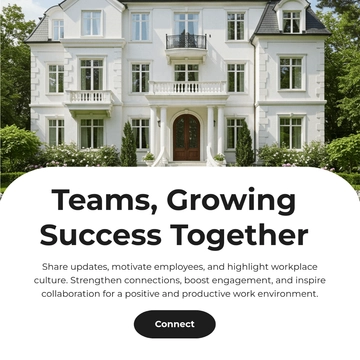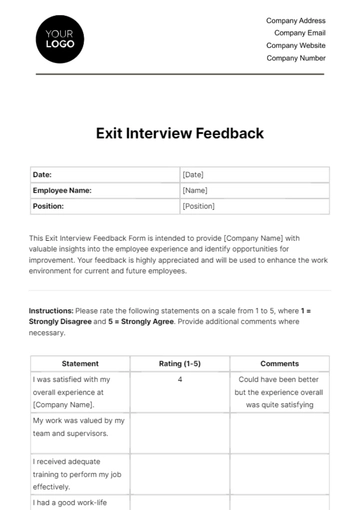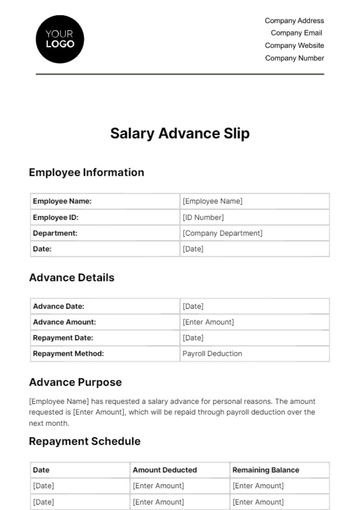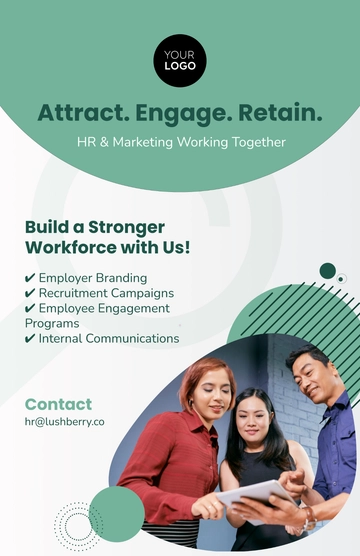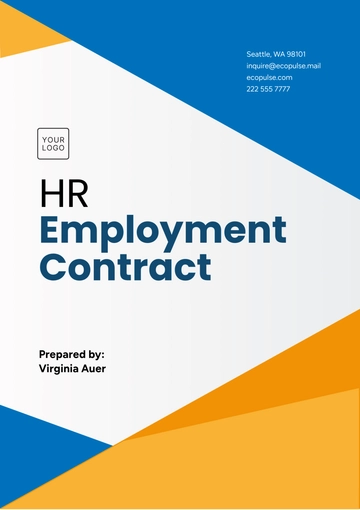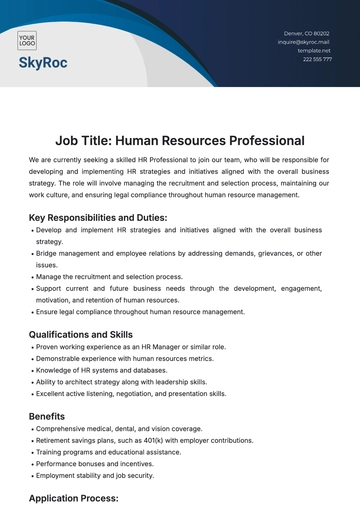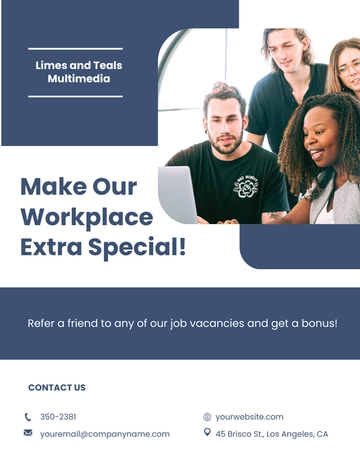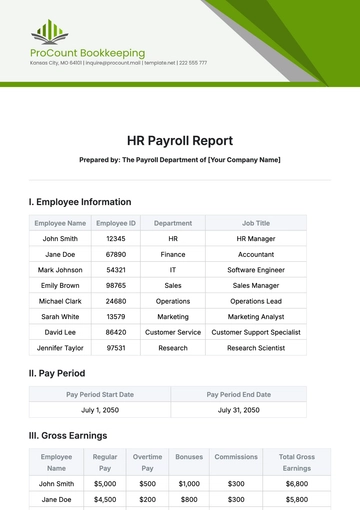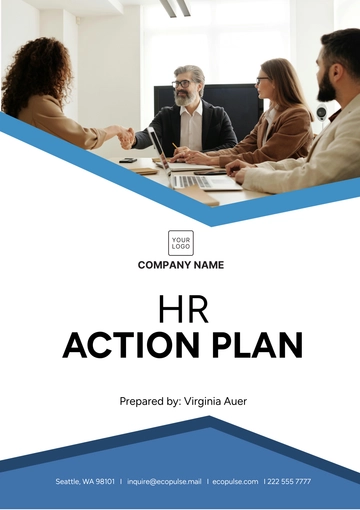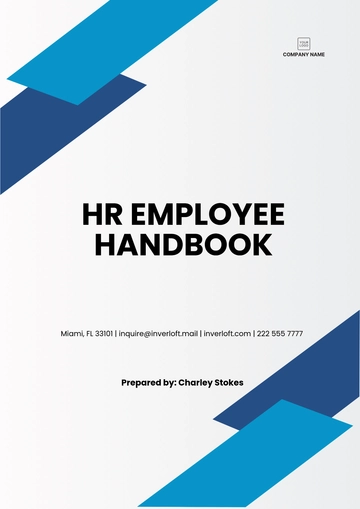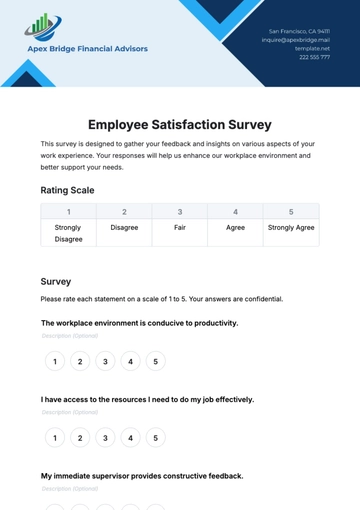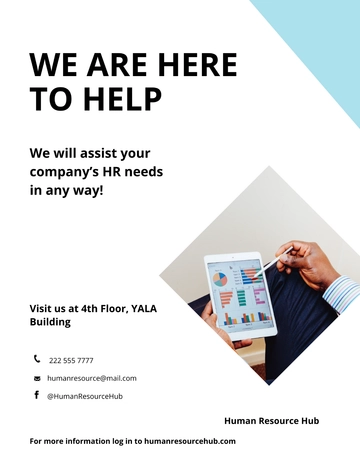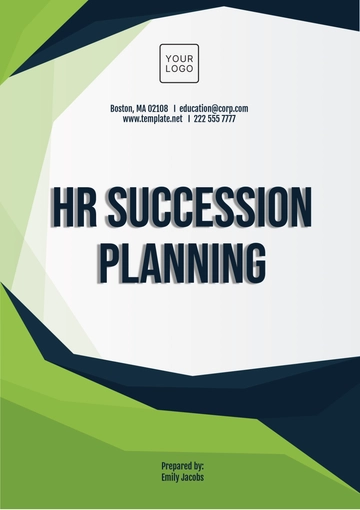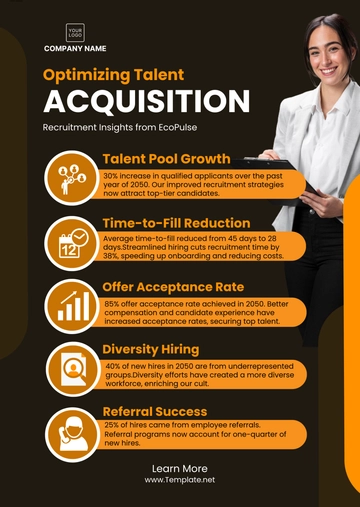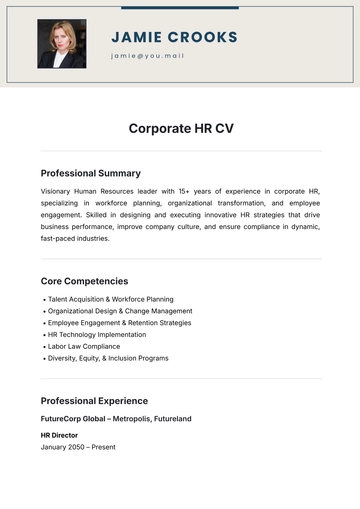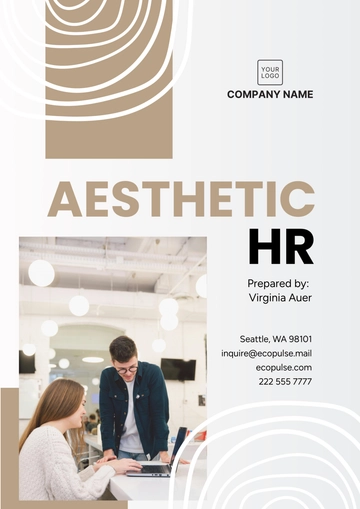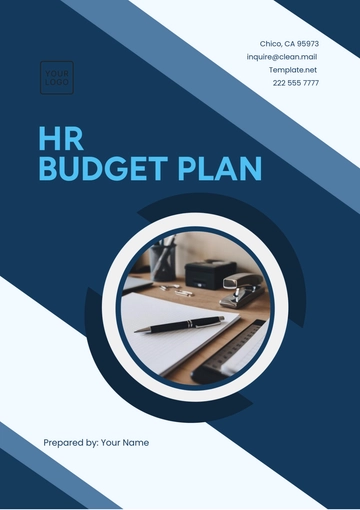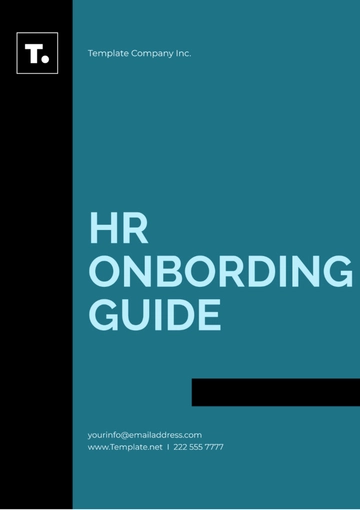Free Salon HR Strategy
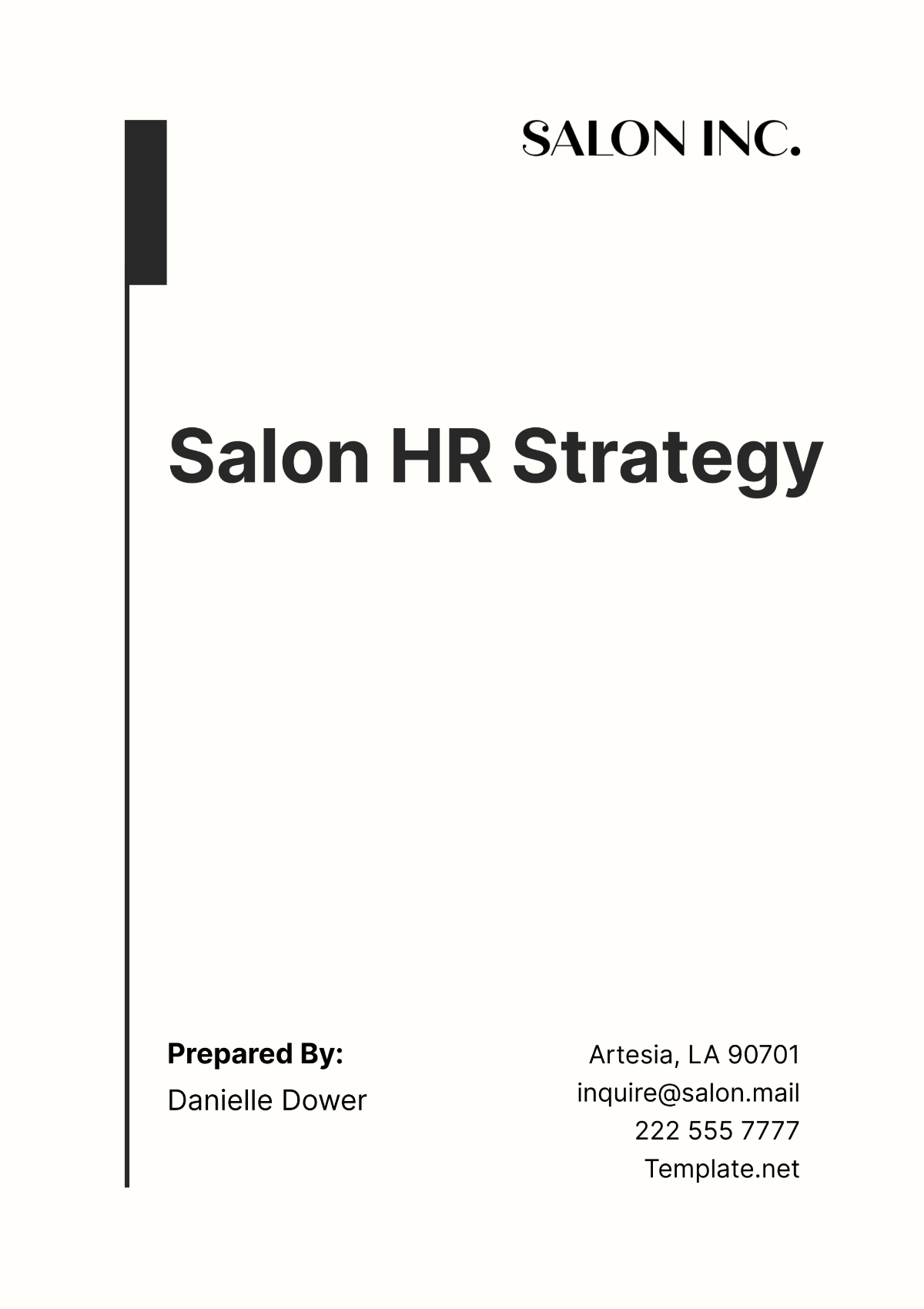
Chapter 1: Introduction
The beauty industry is ever-evolving, marked by trends, innovations, and an increasing demand for skilled professionals. As [Your Company Name] Salon positions itself within this dynamic landscape, it recognizes the pivotal role of human resources in driving success. This introductory chapter provides an overview of the salon's current standing, identifies key challenges and opportunities, and sets the stage for the development of a robust HR strategy.
1.1 Salon Industry Overview
The beauty and personal care industry have witnessed significant growth in recent years, fueled by changing consumer preferences, technological advancements, and the rise of social media influencers. According to [Industry Report], the global beauty market is projected to reach [Revenue Forecast] by [Year]. Within this market, the salon segment plays a vital role, offering a wide range of services from hair styling and coloring to skincare and spa treatments.
1.2 Challenges and Opportunities
While the salon industry presents lucrative opportunities, it also presents several challenges that [Your Company Name] must navigate effectively. These include:
Talent Acquisition: Recruiting skilled professionals who not only possess technical expertise but also align with the salon's values and culture can be challenging in a competitive market.
Skills Development: With rapid advancements in beauty techniques and technologies, there is a constant need to upskill and reskill salon staff to ensure they remain at the forefront of industry trends.
Employee Engagement: Maintaining high levels of employee satisfaction and engagement is essential for retention and productivity, especially in an industry characterized by long hours and demanding work environments.
1.3 Objectives of the HR Strategy
In response to these challenges and opportunities, the HR strategy for [Your Company Name] Salon aims to achieve the following objectives:
Attract Top Talent: Implement targeted recruitment strategies to attract skilled professionals who embody the salon's values and vision.
Develop a Skilled Workforce: Provide ongoing training and development opportunities to equip salon staff with the latest skills and knowledge required to excel in their roles.
Foster a Supportive Culture: Create a positive work environment that promotes employee well-being, engagement, and collaboration.
Chapter 2: Recruitment Strategy
Acquiring the right talent is fundamental to the success of [Your Company Name] Salon. This chapter outlines the salon's recruitment strategy, which is designed to attract, select, and onboard individuals who not only possess the necessary skills but also align with the salon's culture and values.
2.1 Job Descriptions and Qualifications
The recruitment process begins with the creation of clear and comprehensive job descriptions for each role within the salon. These descriptions outline the responsibilities, qualifications, and expectations associated with the position. To ensure alignment with industry standards and evolving trends, job descriptions are regularly reviewed and updated as needed.
Position | Responsibilities | Qualifications |
|---|---|---|
Hairstylist | - Perform hair cutting, styling, and coloring services - Provide personalized consultations - Maintain cleanliness and hygiene standards | - Diploma in cosmetology or relevant field - Minimum of 2 years' experience in a salon setting - Strong communication and customer service skills |
2.2 Recruitment Channels
To reach a diverse pool of candidates, [Your Company Name] Salon utilizes a variety of recruitment channels, including:
Industry-Specific Job Boards: Posting job openings on leading beauty and salon industry job boards such as [List of Job Boards] to target professionals with relevant experience.
Social Media Platforms: Leveraging social media platforms like Instagram and LinkedIn to showcase the salon's culture, team, and job opportunities to a wider audience.
Local Salon Schools: Partnering with local cosmetology schools to connect with aspiring professionals and offer internship or apprenticeship opportunities.
2.3 Selection Process
The selection process at [Your Company Name] Salon is designed to assess both technical skills and cultural fit. It typically includes:
Resume Screening: Reviewing applications to shortlist candidates who meet the job requirements and demonstrate alignment with the salon's values.
Interviews: Conducting structured interviews to evaluate candidates' skills, experience, and compatibility with the salon's culture. Interviews may include practical assessments or role-playing exercises to assess technical proficiency.
Reference Checks: Contacting references provided by candidates to gather insights into their past performance and work ethic.
2.4 Onboarding Process
Once selected, new hires undergo a comprehensive onboarding process to integrate them into the salon's culture and operations smoothly. The onboarding process includes:
Orientation: Providing an overview of the salon's history, values, policies, and expectations to familiarize new hires with the organization.
Training: Offering initial training on salon procedures, customer service standards, and technical skills required for their role.
Mentorship: Pairing new hires with experienced team members to facilitate knowledge transfer and support their transition into the salon environment.
Chapter 3: Training and Development
Continuous learning and development are integral to maintaining a skilled and competitive workforce at [Your Company Name] Salon. This chapter outlines the salon's approach to training and development, aimed at enhancing employee capabilities and ensuring they remain abreast of industry trends and best practices.
3.1 Training Needs Assessment
Before designing training programs, [Your Company Name] Salon conducts a comprehensive assessment of training needs to identify gaps in skills, knowledge, and competencies among salon staff. This assessment may include:
Skill Surveys: Gathering feedback from employees regarding areas where they feel they need additional training or support.
Performance Reviews: Reviewing employee performance data to identify areas for improvement or development.
Industry Trends Analysis: Monitoring industry trends and technological advancements to identify emerging skills and competencies required in the salon industry.
3.2 Training Programs
Based on the training needs assessment, [Your Company Name] Salon develops customized training programs to address identified gaps and enhance employee skills. These programs may include:
Technical Skills Training: Providing training on the latest techniques, tools, and products used in salon services such as hair styling, coloring, skincare, and nail care.
Soft Skills Development: Offering training in areas such as customer service, communication, teamwork, and problem-solving to enhance the overall customer experience and employee effectiveness.
Professional Development Workshops: Organizing workshops and seminars on topics such as salon management, business development, and industry trends to broaden employees' knowledge and perspectives.
3.3 Training Delivery Methods
To accommodate diverse learning styles and preferences, [Your Company Name] Salon employs a variety of training delivery methods, including:
In-Person Workshops: Conducting hands-on workshops and demonstrations led by experienced trainers or industry experts.
Online Courses: Providing access to online learning platforms and resources for self-paced learning and skill development.
Peer Learning: Encouraging knowledge sharing and peer-to-peer learning through shadowing, mentorship programs, and collaborative projects.
3.4 Training Evaluation and Feedback
To ensure the effectiveness of training programs, [Your Company Name] Salon implements a robust evaluation and feedback process. This may include:
Post-Training Assessments: Administering quizzes or assessments to gauge employees' understanding and retention of training content.
Feedback Surveys: Soliciting feedback from participants to assess the relevance, quality, and impact of training programs on their performance and development.
Performance Reviews: Incorporating training outcomes and achievements into regular performance reviews to recognize employee growth and development.
Chapter 4: Employee Relations and Wellness
Maintaining positive employee relations and promoting employee well-being are essential for creating a harmonious and productive work environment at [Your Company Name] Salon. This chapter outlines the salon's approach to fostering open communication, addressing grievances, and promoting employee wellness initiatives.
4.1 Communication and Feedback
Open communication is the cornerstone of a healthy workplace culture at [Your Company Name] Salon. The salon implements various strategies to facilitate communication between management and staff, including:
Regular Team Meetings: Hosting weekly or bi-weekly team meetings to discuss salon updates, upcoming events, and address any concerns or questions from staff.
Suggestion Box: Implementing a suggestion box or digital feedback platform where employees can anonymously submit suggestions, feedback, or concerns.
One-on-One Check-Ins: Conducting regular one-on-one check-ins between managers and employees to provide personalized support, address performance issues, and discuss career development goals.
4.2 Grievance Redressal Mechanism
In the event of conflicts or grievances, [Your Company Name] Salon maintains a fair and transparent grievance redressal mechanism to ensure that employee concerns are addressed promptly and impartially. The process includes:
Designated Contact Person: Appointing a designated HR representative or manager to handle employee grievances and complaints in a confidential and sensitive manner.
Formal Procedure: Establishing a formal procedure for employees to report grievances, including clear guidelines on how grievances will be investigated, resolved, and communicated.
Resolution and Follow-Up: Ensuring that grievances are addressed promptly and resolved to the satisfaction of all parties involved. Following up with employees to ensure that the issue has been effectively resolved and implementing preventive measures to avoid similar issues in the future.
4.3 Employee Wellness Initiatives
Employee well-being is a priority at [Your Company Name] Salon, and the salon is committed to supporting the physical, mental, and emotional health of its staff. Key employee wellness initiatives include:
Stress Management Workshops: Organizing workshops or seminars on stress management techniques, mindfulness, and work-life balance to help employees cope with the demands of their roles.
Health and Wellness Benefits: Providing access to health and wellness benefits such as subsidized gym memberships, mental health counseling services, and employee assistance programs.
Flexible Work Arrangements: Offering flexible work schedules or remote work options to accommodate employees' personal commitments and promote work-life balance.
Chapter 5: Performance Management
Effective performance management is essential for driving employee engagement, development, and organizational success at [Your Company Name] Salon. This chapter outlines the salon's approach to setting performance expectations, conducting evaluations, and recognizing and rewarding employee contributions.
5.1 Setting Performance Expectations
Clear performance expectations are communicated to employees at [Your Company Name] Salon to ensure alignment with organizational goals and objectives. Key elements of performance expectations include:
SMART Goals: Setting specific, measurable, achievable, relevant, and time-bound (SMART) goals for individual employees and teams that are aligned with the salon's strategic priorities.
Key Performance Indicators (KPIs): Defining key performance indicators for each role or department to track progress and measure performance against established benchmarks.
Performance Metrics: Establishing performance metrics related to customer satisfaction, sales targets, productivity, and quality of service to evaluate employee performance objectively.
5.2 Performance Reviews
Regular performance reviews are conducted at [Your Company Name] Salon to provide feedback, assess progress, and identify areas for improvement. The performance review process includes:
Quarterly Reviews: Conducting quarterly performance reviews to evaluate employee performance against set goals and objectives. These reviews provide an opportunity for managers and employees to discuss achievements, challenges, and development opportunities.
360-Degree Feedback: Incorporating feedback from peers, subordinates, and other stakeholders into the performance review process to provide a holistic assessment of employee performance.
Development Plans: Creating individualized development plans for employees based on performance feedback and identified areas for improvement. These plans outline specific actions and resources needed to support employee growth and development.
5.3 Recognition and Rewards
Recognizing and rewarding exceptional employee performance is essential for boosting morale, motivation, and retention at [Your Company Name] Salon. The salon implements various strategies to acknowledge and reward employee contributions, including:
Employee of the Month Awards: Recognizing outstanding performance and contributions through an Employee of the Month program, where employees are nominated and selected based on their achievements and impact on the salon.
Monetary Incentives: Providing monetary incentives such as bonuses, commission-based incentives, or profit-sharing schemes to reward employees for exceeding performance targets or achieving exceptional results.
Non-Monetary Rewards: Offering non-monetary rewards such as additional paid time off, personalized recognition certificates, or career development opportunities to acknowledge employee contributions and achievements.
Chapter 6: Conclusion and Implementation Timeline
In conclusion, [Your Company Name] Salon's HR strategy encompasses various initiatives aimed at fostering a supportive work environment, promoting employee well-being, and driving performance excellence. The successful implementation of these initiatives requires careful planning, execution, and monitoring. The following table outlines the timeline for the implementation of key HR initiatives:
Initiative | Timeline |
|---|---|
Employee Wellness Workshops | Q1 2050 - Q2 2050 |
Grievance Redressal Mechanism | Q1 2050 - Ongoing |
Performance Review Cycle | Quarterly (Ongoing) |
Recruitment Drive | Q2 2050 - Q3 2050 |
Training and Development Programs | Ongoing (Year-round) |
Employee Recognition Programs | Ongoing (Year-round) |
By adhering to this timeline and consistently monitoring progress, [Your Company Name] Salon aims to create a thriving workplace culture where employees are engaged, motivated, and empowered to contribute to the salon's success. The HR strategy will be regularly reviewed and adjusted as needed to ensure alignment with evolving business needs and industry trends. Together, these initiatives will drive [Your Company Name] Salon towards its vision of becoming a leader in the beauty industry, renowned for its talented team and exceptional service.
- 100% Customizable, free editor
- Access 1 Million+ Templates, photo’s & graphics
- Download or share as a template
- Click and replace photos, graphics, text, backgrounds
- Resize, crop, AI write & more
- Access advanced editor
Dive into the Salon HR Strategy Template from Template.net - your comprehensive guide to optimizing human resources in the salon industry. Craft a tailored strategy with this editable and customizable tool. Leverage our AI editor to personalize each aspect effortlessly, aligning HR practices with your salon's goals. Elevate your HR management and foster a thriving salon team with ease. Redefine your HR approach today!
